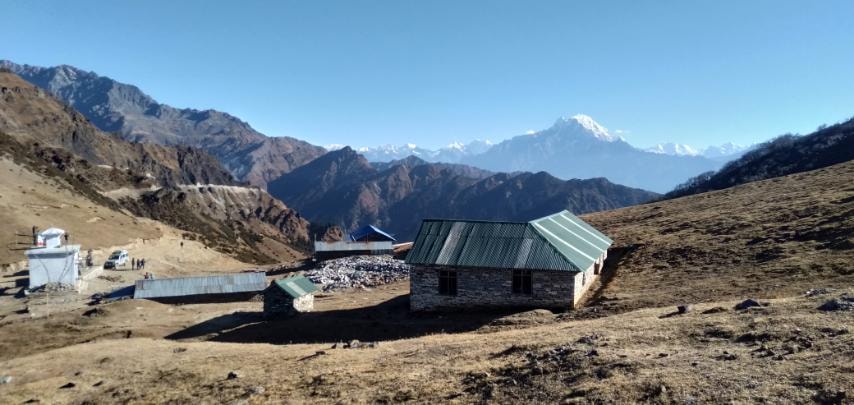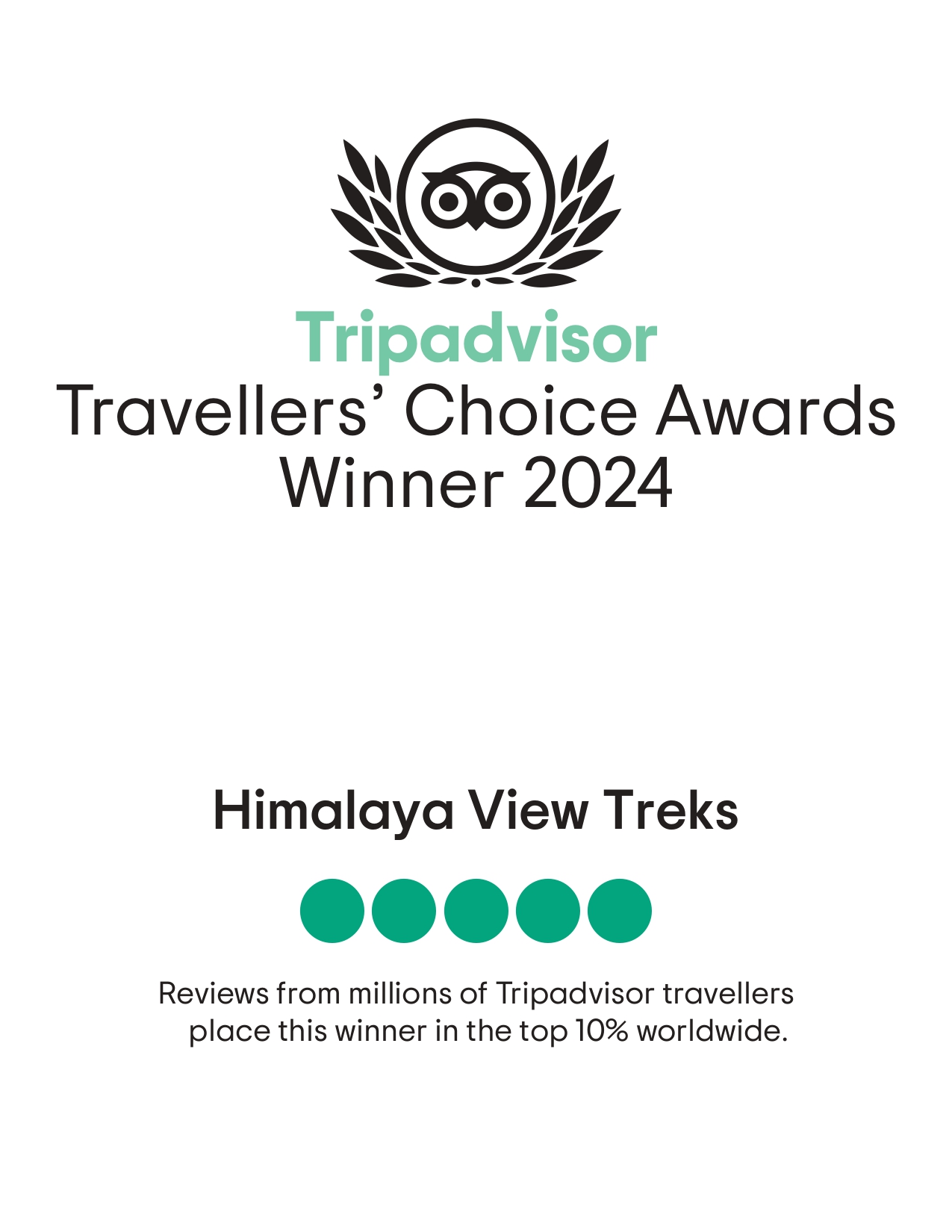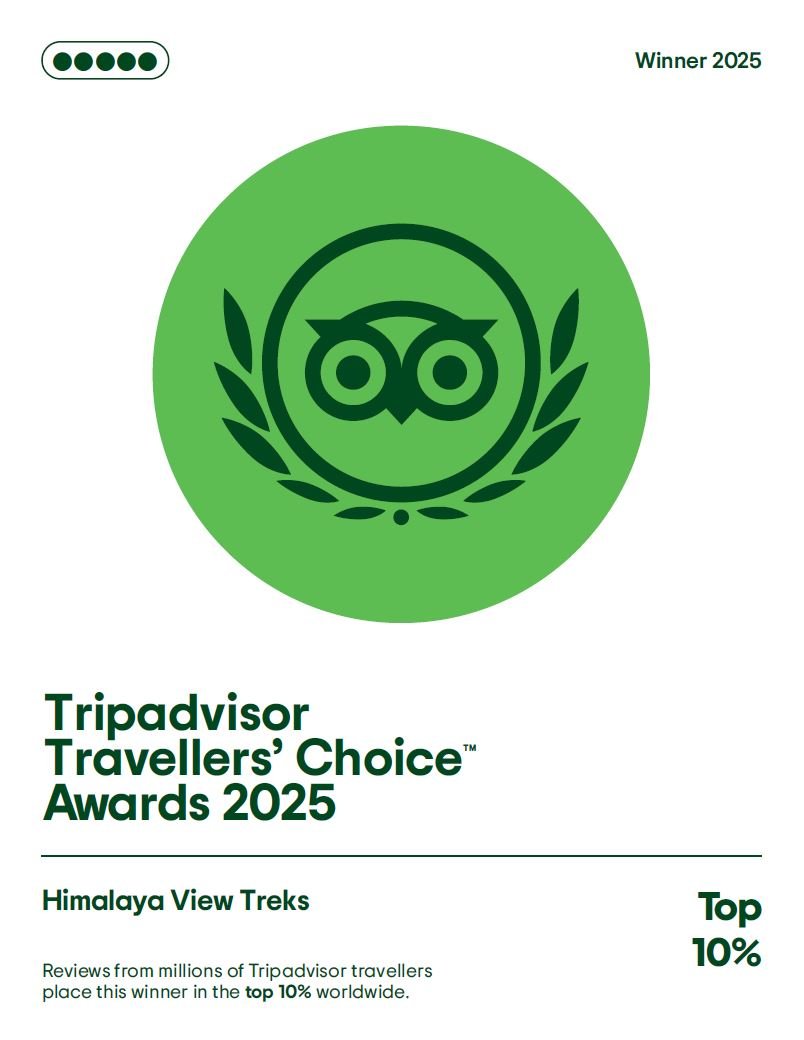Trip overview
Pangsang La Pass Trek – Hidden Trail in the Ganesh Himal Region
The Pangsang La Pass Trek is one of the least explored and most rewarding short treks in Nepal. Nestled in the heart of the Ganesh Himal region, this adventure takes trekkers through remote valleys, ancient villages, and pristine forests before crossing the magnificent Pangsang La Pass (3,842m). Unlike the busy Everest and Annapurna routes, this journey is quiet, raw, and culturally rich, making it ideal for those who want to experience the authentic side of the Himalayas without crowds.
Located north of Kathmandu, between the famous Langtang and Manaslu regions, the Ganesh Himal is a true hidden treasure. The region is named after Lord Ganesh, the elephant-headed Hindu deity, as the peaks resemble the shape of an elephant. Trekking here is a journey through untouched landscapes where traditional lifestyles are still alive, and mountain hospitality welcomes every visitor. The 7 Days Pangsang La Pass Trek is designed for trekkers who want a short Himalayan adventure packed with incredible scenery, diverse cultures, and rewarding experiences.
Natural Beauty of the Ganesh Himal Region
The Ganesh Himal range is home to some of the most dramatic landscapes in Nepal. As you begin the trek, you walk past terraced farmlands, green hills, and rushing rivers. The lower parts of the trail are dotted with fields of maize, millet, and rice, where local villagers work with traditional farming tools.
Climbing higher, the scenery changes to dense rhododendron, oak, and pine forests. In spring, these forests are covered with bright rhododendron flowers, turning the hills into a canvas of red and pink colors. Birdsong and the sound of waterfalls accompany trekkers as they ascend gradually.
Crossing the Pangsang La Pass is the highlight of the trek. Standing at nearly 3,842 meters, the pass offers panoramic views of some of Nepal’s greatest peaks. To the north rises the majestic Ganesh Himal, whose snow-clad ridges dominate the skyline. To the east, the Langtang Himal glistens under the sun, while the Manaslu range towers to the west. On clear days, trekkers may even catch glimpses of the distant Annapurna peaks. The feeling of standing on the pass with mountains surrounding you in all directions is both humbling and uplifting.
Rich Culture and Villages Along the Way
While the mountains provide breathtaking scenery, the cultural encounters on this trek make it truly unforgettable. The Ganesh Himal region is inhabited mainly by Tamang and Gurung communities, who have preserved their traditions, language, and lifestyle for centuries. Their culture is heavily influenced by Tibetan Buddhism, and small monasteries, prayer flags, and chortens (Buddhist shrines) decorate the trail.
Villages such as Gatlang, Tipling, Chalish, and Jharlang are living museums of Tamang heritage. The houses are built of stone and wood, often clustered on terraced slopes. Colorful festivals and rituals are part of daily life, and trekkers are often invited to share a cup of local millet beer (chhaang) or butter tea with families.
Hospitality is warm and genuine here. In Chalish Gaon and Tipling, trekkers may have the chance to stay in traditional homestays, where simple but hearty meals are cooked over open fires. Sharing stories with villagers, observing their farming practices, and learning about their customs creates a deeper connection to the land and its people.
Why Choose the Pangsang La Pass Trek?
One of the biggest advantages of the Pangsang La Pass Trek is its tranquility. While Everest and Annapurna see thousands of trekkers each year, Ganesh Himal remains quiet and relatively untouched. This means you can walk for hours without encountering another group of trekkers, making the journey more personal and peaceful.
For trekkers with limited time, this 7-day route is an excellent choice. It combines high mountain views, cultural immersion, and adventure without requiring weeks of walking. At the same time, it provides a taste of everything Nepal is famous for: towering peaks, diverse landscapes, and welcoming villages.
Another highlight is the altitude. At 3,842 meters, the Pangsang La Pass is relatively moderate compared to other high passes in Nepal. This makes it suitable for trekkers with average fitness levels and those who want to experience a Himalayan pass without extreme altitude challenges.
The Journey Experience
The trek begins with a scenic drive from Kathmandu to Syabrubesi, the gateway to both the Langtang and Ganesh Himal regions. The road winds along the Trishuli River, offering glimpses of snow-capped peaks and rural Nepali life. From Syabrubesi, the trail climbs steadily through forests and terraced slopes, reaching Gatlang, a traditional Tamang settlement.
As you move higher toward Somdang and the pass, the environment becomes more alpine. Rhododendron and pine forests give way to open meadows with grazing yaks. Somdang itself is a beautiful valley surrounded by high ridges and is often covered in mist during mornings and evenings, creating a mystical atmosphere.
Crossing Pangsang La Pass is the most memorable moment. The path winds up the ridge before opening to an expansive viewpoint where mountains stretch endlessly in every direction. Prayer flags flutter in the wind, and the silence of the high Himalayas adds to the spiritual feel of the place. Many trekkers spend extra time here simply soaking in the beauty.
From the pass, the trail descends toward Tipling, a vibrant village famous for its cultural festivals and traditional dances. Chalish Gaon, one of the most picturesque settlements on the trek, is another cultural gem where trekkers can interact closely with locals. The final days descend further into Jharlang and then continue by road back to Kathmandu, bringing the adventure full circle.
Wildlife and Biodiversity
The Ganesh Himal region is not just rich in culture but also in biodiversity. The forests are home to red pandas, Himalayan thar, langur monkeys, musk deer, and various bird species. Trekkers walking quietly through the forest may be lucky enough to spot some of these rare animals. Springtime is particularly magical as flowers bloom and wildlife becomes more active.
Because the region is less visited, the natural environment remains relatively untouched compared to busier trekking destinations. This makes the Pangsang La Pass Trek appealing for nature lovers and photographers seeking unique shots of Nepal’s flora and fauna.
The Authentic Himalayan Atmosphere
One of the most cherished aspects of the trek is the sense of authenticity. In many parts of Nepal, tourism has reshaped villages and lifestyles. In the Ganesh Himal, however, daily life continues much as it has for centuries. Farmers still plow fields with oxen, women weave clothes by hand, and festivals are celebrated with traditional dances and music.
For trekkers, this authenticity provides an opportunity to experience Nepal as it was before trekking became mainstream. The connection with locals feels genuine, and the slower pace of life invites travelers to slow down and immerse themselves in the moment.
Best Time to Trek Pangsang la Pass
The ideal seasons for the Pangsang La Pass Trek are spring (March to May) and autumn (September to November). In spring, the hillsides are alive with rhododendron blossoms, and the weather is mild. In autumn, clear skies provide the best mountain views, and the harvest season brings cultural celebrations in the villages.
Winter can also be beautiful with snow covering the higher areas, but temperatures drop significantly, and trails may become icy. The monsoon months (June to August) are less favorable due to heavy rains, leeches, and slippery trails, though the landscapes are lush and green.
Who Is This Trek For?
The 7 Days Pangsang La Pass Trek is suitable for:
- Trekkers with limited time who still want a true Himalayan experience.
- Travelers seeking less crowded, off-the-beaten-path adventures.
- Cultural enthusiasts interested in Tamang and Gurung traditions.
- Nature lovers looking for untouched landscapes and wildlife.
- Beginners with moderate fitness (since the altitude is not extreme).
It is not a luxury trek – accommodation is basic, meals are simple, and facilities are limited. But for those who embrace adventure and authenticity, the rewards are immense.
Conclusion
The Pangsang La Pass Trek is a journey into the hidden heart of Nepal. In just a week, trekkers experience stunning Himalayan scenery, cross a panoramic high pass, and immerse themselves in the traditions of Tamang and Gurung communities. It is less about luxury and more about authenticity – the simple beauty of mountain life, the quiet of untouched trails, and the grandeur of snow-capped peaks.
For those who have already seen Everest and Annapurna, or for those who want something different right from the start, this trek offers a refreshing alternative. Short, scenic, and full of culture, the Pangsang La Pass Trek is proof that some of Nepal’s greatest adventures are still waiting beyond the tourist crowds.
Whether it is the unforgettable views from the pass, the warmth of local homestays, or the peace of walking through untouched forests, this trek leaves lasting memories. For trekkers searching for a true Himalayan journey off the beaten path, the Pangsang La Pass Trek is an experience
Short Itinerary
Pangsang La Pass Trek itinerary - 7 Days
Day 01: Kathmandu – Syabrubesi (1,503m) Drive (7–8 hrs)
Scenic drive from Kathmandu through Trishuli Bazaar. Views of Ganesh Himal, Manaslu, and Langtang ranges. Overnight at lodge/teahouse in Syabrubesi.
Day 02: Syabrubesi – Gatlang (2,337m) Trek (5–6 hrs)
Ascend gradually with views of Ganesh Himal. Pass through Tamang villages, terraced fields, and local monasteries. Overnight in Gatlang village homestay/teahouse.
Day 03: Gatlang – Somdang (3,271m) Trek (6–7 hrs)
Trek through rhododendron and pine forests. Cross Khurpu Bhanjyang pass. Reach Somdang, a beautiful valley surrounded by mountains. Overnight in Somdang.
Day 04: Somdang – Pangsang La Pass (3,842m) – Tipling (2,078m) (6–7 hrs)
Cross Pangsang La Pass with magnificent views of Ganesh Himal, Langtang, Manaslu, and even the Annapurnas. Trek down to Tipling village, known for its Tamang and Gurung culture. Overnight in Tipling.
Day 05: Tipling – Chalish Gaon (1,674m) Trek (4–5 hrs)
Easy day descending through terraced farmland. Explore Chalish Gaon, a traditional village with warm hospitality. Overnight in Chalish.
Day 06: Chalish Gaon – Dhading Besi (612m) Drive (6–7 hrs)
Chalish to Dhading bensi by local sharing jeep, 6-7 hours, stay overnight at Dhading bensi
Day 07: Dhading Besi – Kathmandu Drive (4-5 hrs)
Drive back to Kathmandu. End of trek good bye your staff
Included
- Kathmandu to Syabrubesi and to Kathmandu by local bus
- All meals (Breakfast, lunch, and dinner) during your Pangsang la Pass Trek with 7 night Hotel Accommodation
- Government licensed holder, fluent English Speaking, Familiar Himalaya view Treks guide, 1 assistant guide if Group sizes is more than 10 trekkers) one guide lead up to 10 trekkers
- Strong local Porters for Carry trekker’s luggage. One porter every 2 trekkers, Porter carry maximum 20 Kg. 10 Kg per trekkers
- Cost Includes Guides and porters meals, accommodation, Salary, insurance, transportation, and needed equipment for the Trekking
- Water purification drop or tablets for safe drinking water
- Langtang national park permit fee and TIMS card permit
- Local government, taxes, including official Service Charge
- Himalaya View treks T-shirt as a Souvenirs, and duffel bag if needed
- Safe storing facilities at company store during the trek
- Local government, taxes, including official Service Charge
- • Trip completion Certificate if interested
Not Included
- Hotel accommodation and meals In Kathmandu
- Personal expense (shopping, snacks, boil bottle water, hot (tea, coffee) and cold drinks, hot shower, alcohol, Wi-Fi, telephone call, battery charge fee during the trek)
- Personal clothing and trekking gear
- Personal travel insurance including evacuation coverage (compulsory) up to 6000m)
- Additional costs if delays by any reason and outside the itinerary
- All the costs and expenses which are not mentioned in includes list
- Tips for guide and porters. in end of the treks






